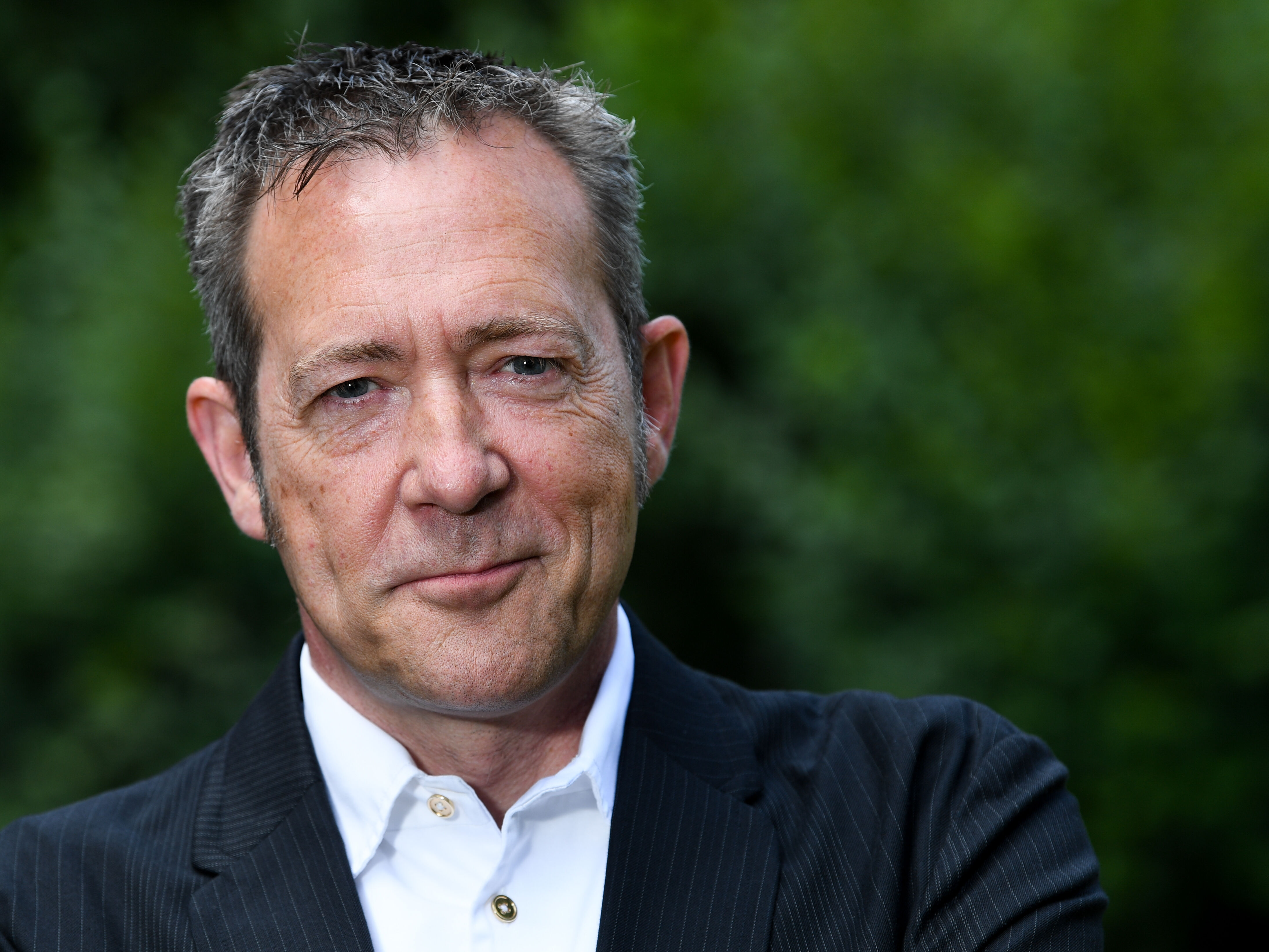Consciousness — what it feels like to have conscious experiences — remains a mystery of sorts; a problem about which one does not know how to think about yet, as D.C. Dennett put it. Despite almost thirty years of research aimed at identifying the “neural correlates of consciousness”, we still have no idea how and why the biological activity of the brain produces conscious mental states. Here, I overview contemporary theories of consciousness, aiming to document the ongoing development of a thoroughly empirical science of consciousness, and speculate about the possibility of building conscious artefacts in light of the stupefying advances in artificial intelligence research.
Axel Cleeremans is a Research Director with the Fonds de la Recherche Scientifique (F.R.S.-FNRS) and a professor of Cognitive Psychology at the Université libre de Bruxelles (ULB), where he heads the Consciousness, Cognition and Computation (CO3) Group and presides the ULB Neurosciences Institute. Cleeremans is the president of the Association for the Scientific Study of Consciousness. A member of the Royal Academy of Belgium, he is also Field Editor-in-Chief of Frontiers in Psychology. In 2015, we was awarded the prestigious Ernest-John Solvay prize for human sciences by the Belgian National Fund for Scientific Research.
Moderation: Professor Dr. Thomas Platz
-------
Organizational information on the digital lecture
The Alfried Krupp Wissenschaftskolleg is offering this event live as a zoom meeting, in which viewers can also take part in the subsequent discussion with video contributions.
- We would be delighted if you gave your real name when dialing into Zoom. Of course, you can also take part in the event under a pseudonym.
- A list of all participants is available to all those involved during the entire event.
- During the lecture, the microphones of the audience are all automatically muted so as not to generate any disturbing background noise. You can turn on the audience's camera during the lecture.
- In the discussion that follows, requests to speak or questions can be displayed using the "Raise hand" function. You can find these - depending on the device - under the button "Participant", "More" or "Reactions" in Zoom. You can also lower your hand again if you want to withdraw the question.
- The moderator keeps a speech list and gives the floor in the order of the messages. If the moderator asks you to bring your question or request to speak, the user interface will ask you to turn on your microphone. If you have not already done so, you are welcome to turn on your camera. This is particularly desirable when presenting longer requests to speak so that the presenter can also see who is asking the question or who is making the comment.
- Of course, you also have the option of asking your questions in writing in the chat.
-------
Meeting-ID: 929 6384 7082
Kenncode: Wiko2021
-------

